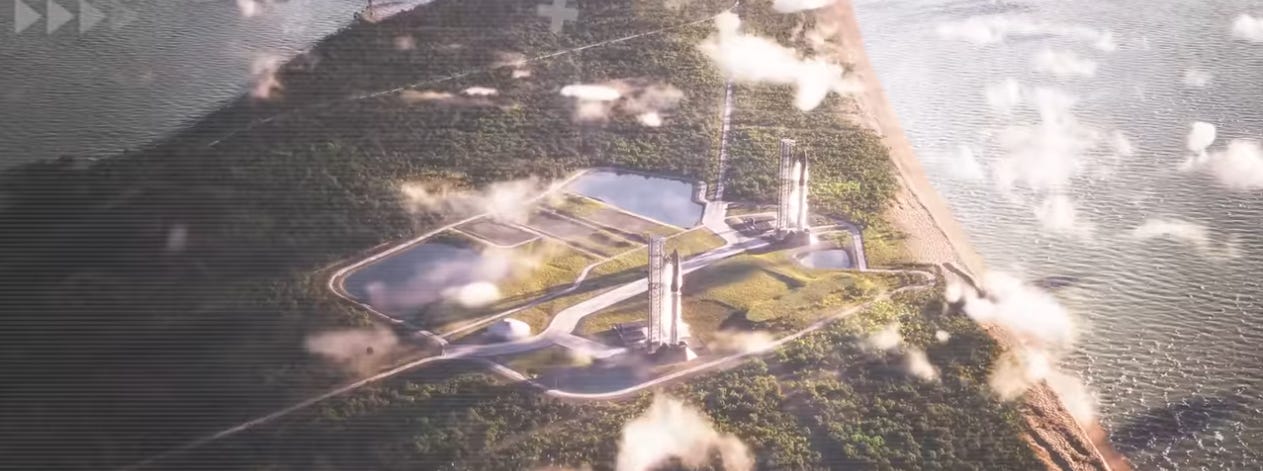SpaceX Facing Big Challenges to Launch Starship in FL
It's Also a Challenge for NASA Artemis...
This is unexpected!
SpaceX’s ambitious plan to expand Starship launches in Florida has just run into serious trouble.
Local communities are pushing back hard, arguing that blasting off the world’s biggest rocket from here could devastate the environment, hurt tourism, and even cost the region billions of dollars in lost revenue.
And it doesn’t stop there.
The FAA has also warned that SpaceX’s launch plans here may never be approved.
In other words, Starship’s future in Florida is hanging by a thread.
So, what exactly is going on with them?
And how could this derail NASA’s Artemis timeline?
As we all know, turning Mars into humanity’s next frontier has always been Elon Musk’s dream, and most people said he was crazy, that it was pure fantasy.
After all, even the most famous sci-fi sagas like Star Wars never touched Mars.
So just imagine how far ahead Musk’s vision had to be to even dream of such a goal.
Maybe that’s what made him the richest man on the planet: seeing further than anyone else.
To turn the Red Planet dream into reality, Musk spent years building Starship, the world’s biggest, most powerful rocket, along with a production site and massive launch towers at Starbase, right next to Boca Chica beach in Texas.
But even that still isn’t enough. With only two launch towers and a single “Starfactory” producing Starships, the current setup can’t meet Musk’s bold ambition.
As he once posted on X: “In about 6 or 7 years, there will be days where Starship launches more than 24 times in 24 hours.”
And to even come close to that kind of schedule, you’d need at least 2 launch sites, probably more.
That’s why, a few years back, Musk directed SpaceX to start building another site, this time even bigger, down in Florida.
Sounds simple, right?
Well, sure… when you’ve got the money, it is.
The location?
Launch Complex 39A, right next to NASA’s Kennedy Space Center.
Construction began in 2021, but then the global COVID outbreak hit, and everything slowed down.
It wasn’t until 2024 that progress really picked up again, and honestly, if not for the pandemic, that facility might already be operational today.



